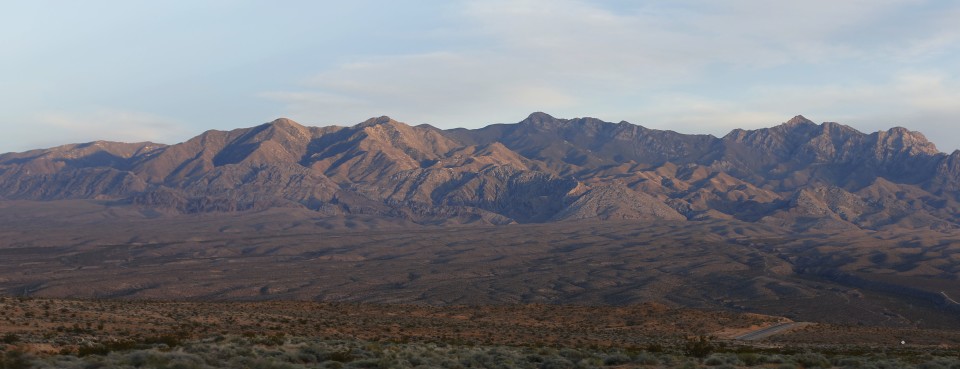SOURCE: Bloomberg
DATE: August 28, 2019
SNIP: A review team is consolidating major Bureau of Land Management decision-making at Interior headquarters in Washington at a time when department officials are saying public lands decisions should be made in the West, according to former BLM officials.
Interior says it is moving BLM headquarters to Grand Junction, Colo., beginning in mid-September so that officials making decisions about federal lands, oil, gas, and coal can be close to the people and places those decisions affect.
But the opposite is happening, said a former high-level BLM official who left the agency during the Trump administration and spoke on condition of anonymity.
The new review team represents a consolidation of decision-making in Washington partly as a way to expedite decisions that implement the Trump administration’s agenda, the former official said.
The review team amounts to a “shadow organization” within Interior, which is making decisions above the heads of BLM headquarters career staff who will be scattered in offices around the West as part of a bureau reorganization announced in July, said Steve Ellis, a former BLM deputy director in the Obama administration who worked as a 38-year career staffer at BLM and U.S. Forest Service.
The administration has moved quickly to open public lands to oil, gas, coal, and timber extraction and remove lands protections that inhibit drilling, mining, and logging.
The Interior Department in 2018 mandated that a special review team of political appointees participate in and approve each step of the process in developing all BLM public lands management plans, environmental impact statements, and other decision-making documents required by the National Environmental Policy Act, according to a 2018 BLM memo and a separate Interior memo.
The team consists of Interior Secretary David Bernhardt’s chief of staff, Interior offices of the deputy secretary, and Environmental Policy and Compliance, an Interior deputy solicitor, the BLM director and the appropriate BLM state director relevant to the project or plan under review, according to the memos.
The review team was created as part of Interior’s effort to cut the time it takes to study the environmental impact of drilling, mining and logging, and other projects under NEPA, the memos say. Interior said that everyone on the review team was previously involved in NEPA approvals.
Recent BLM plans created under NEPA include the proposed plan opening former Grand Staircase-Escalante National Monument land to coal development in Utah, a plan for lands in western Colorado published in June that opened more of the area to energy development, and the final environmental impact statement for opening the Arctic National Wildlife Refuge for oil drilling, which is expected to be published this fall.
The effect of Interior’s greater control over land management plans has been that officials in Washington have stripped proposed plans developed by BLM staff in the West of conservation measures, said Ken Rait, public lands project director for the Pew Charitable Trusts.
Interior officials in Washington removed protections for environmentally sensitive lands in at least six BLM draft land management plans published since March for areas of Colorado, Alaska, Idaho, Montana, and Oregon, Rait said.
“We’re seeing a very disturbing trend whereby the BLM is seeking to remove as many protections as possible on public lands,” he said.
[NOTE: For the full context of what is happening at the BLM and in public lands across the West, I urge you to read This Land: How Cowboys, Capitalism, and Corruption are Ruining the American West by Christopher Ketcham. These changes at the BLM are part of a decades long strategy to allow mining and ranching interests to do whatever they want on our public lands. The corruption and anti-federal-regulation (and even anti-government) sentiment is pervasive.]

